A Cable Suspension bolt
A Cable Suspension Bolt functions as a critical mounting component for securing suspension clamps to utility poles in overhead line installations. They feature a distinctive square head design and come equipped with two pre-assembled square nuts for precise installation. One nut fastens the bolt to the pole while the second nut secures the suspension clamp assembly.
A Cable Suspension Bolt integrates seamlessly with various suspension clamp systems used in telecommunications and power distribution networks. They provide essential mechanical support for overhead conductors and fiber optic cables when used with compatible suspension clamps. The bolts maintain proper spacing between the pole and cable assemblies, helping to minimize conductor movement during adverse weather conditions.
A Cable Suspension Bolt is manufactured to meet rigorous industry standards, featuring a 5/8-inch diameter design with a rated tensile strength of 12,400 pounds. They undergo hot-dip galvanization and comply with industry requirements for durability and performance in outdoor environments.
Features:
• Square head configuration ensures stable installation and prevents rotation
• Hot-dip galvanized coating provides superior corrosion resistance
• Pre-assembled square nuts streamline the installation process
• Meets telecommunications industry compliance standards
• Supports suspension clamps for various cable types including ADSS and ABC cables
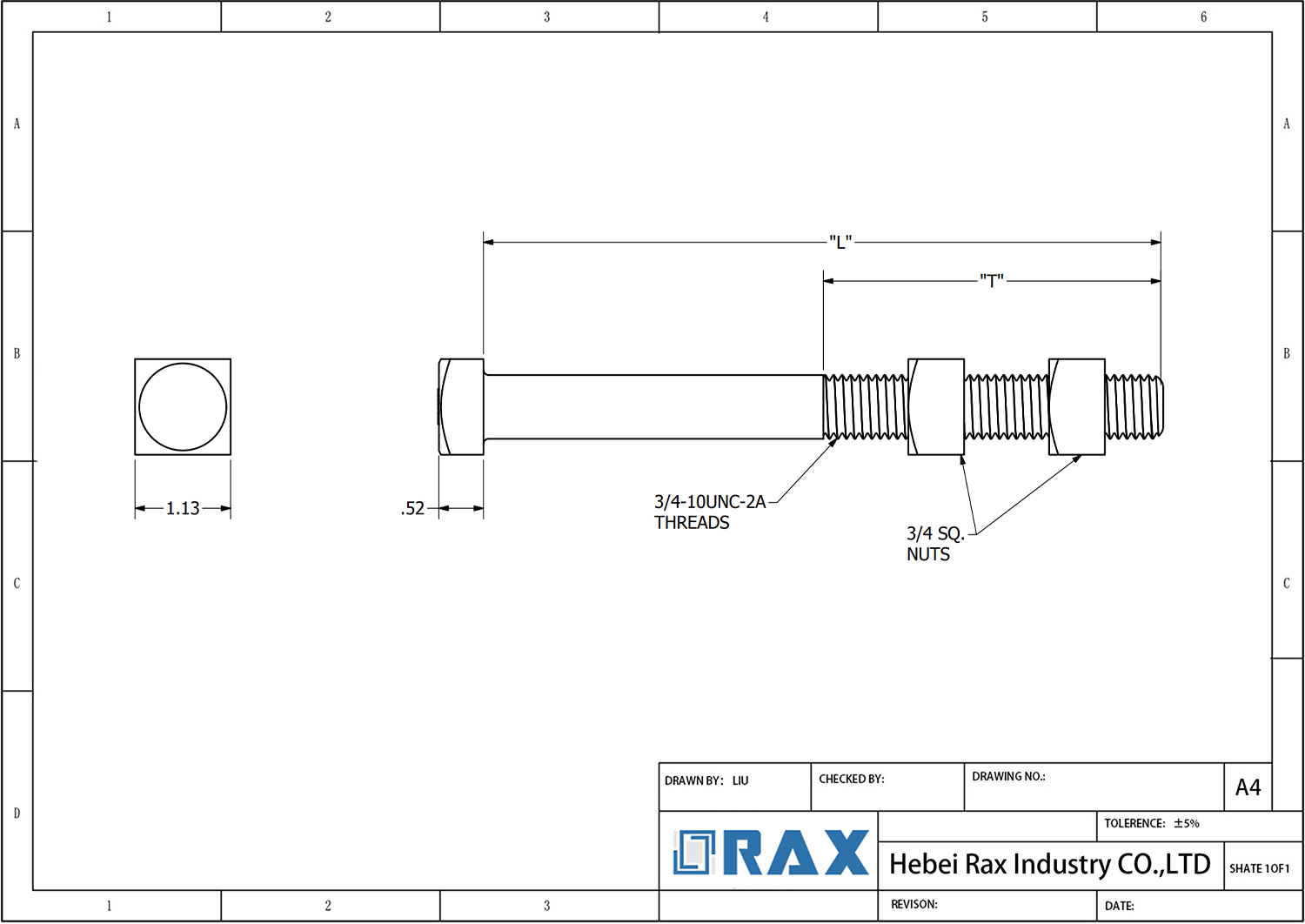
A Cable Suspension bolt Drawing
| Anchor Bolts | Dimension in MM | Minimum Edge Distance | Capaity | |||||
| Dia In Inches | Dia in MM | A | C | L | MM To Center Bolts | Shear KN | Tension KN | |
| Minimum Depth | Thread Length | Total Length | Tension | Shear | ||||
| 1/2″ | 12 | 250 | 40 | 355 | 80 | 100 | 4.5 | 6.8 |
| 5/8″ | 16 | 250 | 40 | 355 | 85 | 125 | 6.8 | 7.7 |
| 3/4″ | 20 | 300 | 50 | 405 | 85 | 150 | 9.9 | 10.4 |
| 7/8″ | 22 | 360 | 50 | 460 | 85 | 175 | 14.0 | 13.1 |
| 1″ | 24 | 410 | 65 | 510 | 90 | 175 | 18.5 | 15.8 |
| 1-1/8″ | 27 | 460 | 75 | 560 | 90 | 200 | 23.4 | 15.8 |
| 1-1/4″ | 32 | 510 | 75 | 610 | 100 | 225 | 29.7 | 18.0 |
| 1-3/8″ | 36 | 560 | 90 | 680 | 100 | 250 | 35.1 | |
| 1-1/2″ | 39 | 610 | 90 | 730 | 100 | 275 | 43.2 | |
| 1-5/8″ | 42 | 660 | 100 | 800 | 125 | 300 | 50.9 | |
| 1-3/4″ | 45 | 710 | 115 | 865 | 125 | 325 | 58.5 | |
| 2″ | 50 | 810 | 125 | 990 | 150 | 350 | 77.4 | |
| 2-1/4″ | 57 | 910 | 140 | 1100 | 150 | 400 | 101.7 | |
| 2-1/2″ | 64 | 1020 | 160 | 1240 | 175 | 450 | 125.6 | |
Frequently Asked Questions (FAQ)
 What are the standard specifications of an A Cable Suspension Bolt?
What are the standard specifications of an A Cable Suspension Bolt?
The standard A Cable Suspension bolt has a rated tensile strength of 12,400 lbs, is hot-dip galvanized per ASTM A-153 standards, and is manufactured in compliance with Telcordia GR-3174-CORE specifications. Common sizes include 5/8″ diameter with lengths of 14″ or 16″.
How are A Cable Suspension Bolts installed?
Installation requires securing one square nut against the pole, threading the bolt through the pole, and using the second square nut to fasten the suspension clamp. The square head design prevents rotation during installation and ensures proper alignment.
What materials are used in A Cable Suspension Bolts?
These bolts are manufactured from high-grade steel and feature hot-dip galvanized coating per ASTM A-153 standards to provide superior corrosion resistance and durability in outdoor applications.
What are the primary applications for A Cable Suspension Bolts?
They are primarily used in pole line construction for securing cable suspension clamps and other poleline brackets. They’re essential in communications infrastructure, particularly for overhead cable installations and transmission line support systems.
What load capacity can A Cable Suspension Bolts handle?
A standard 5/8″ A Cable Suspension Bolt can support a tensile strength of up to 12,400 lbs, making it suitable for heavy-duty cable suspension applications and pole line hardware installations.
What safety considerations should be taken when using A Cable Suspension Bolts?
Proper torque application, regular inspection for wear or damage, and ensuring compatibility with the suspension clamp size are crucial. Always verify the load rating matches your application requirements.

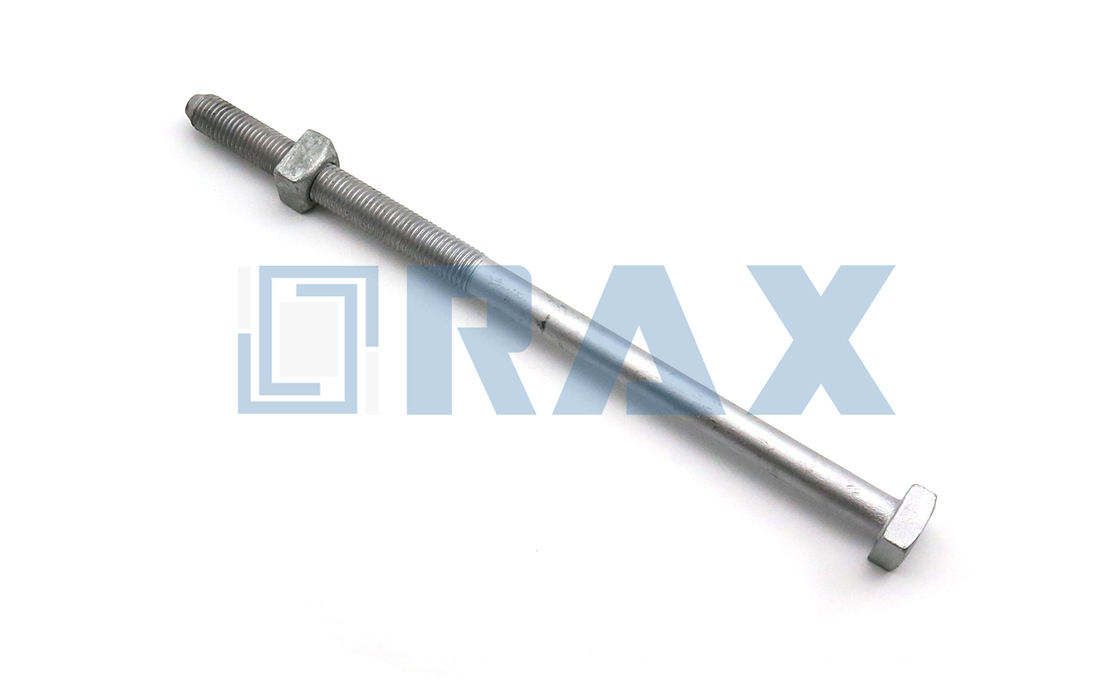



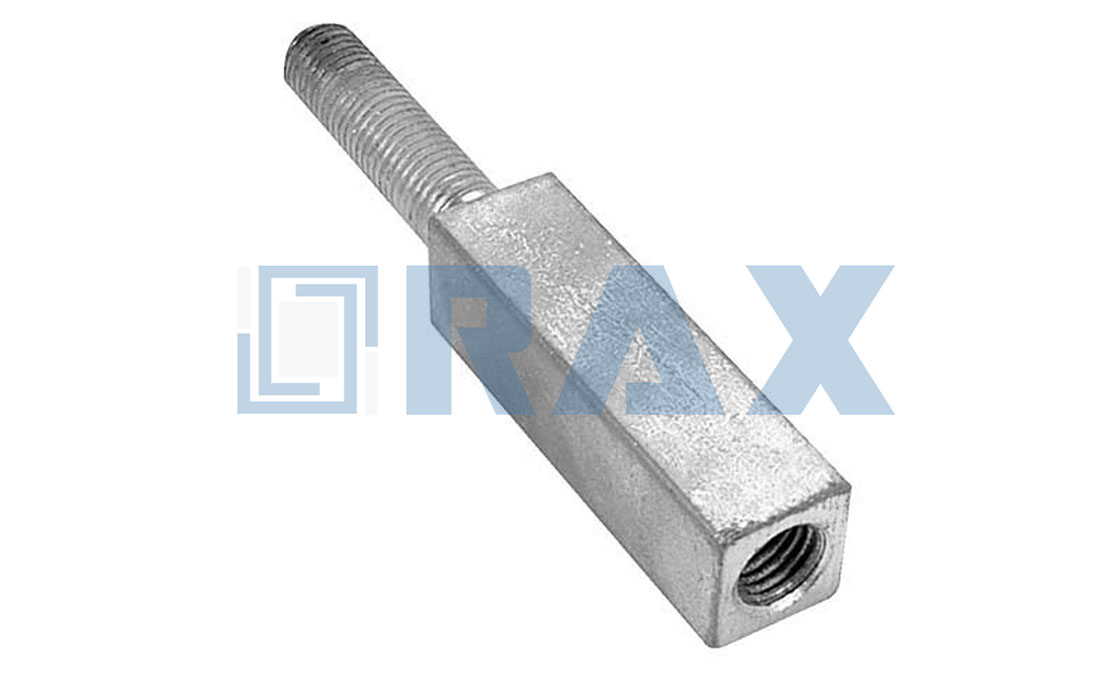

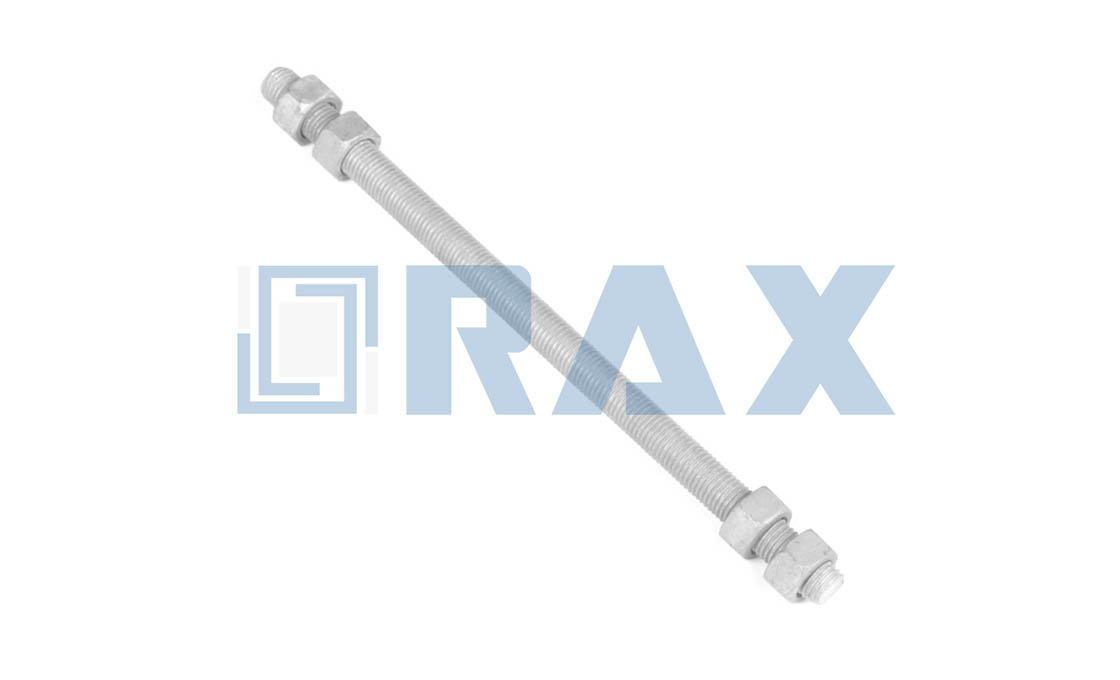
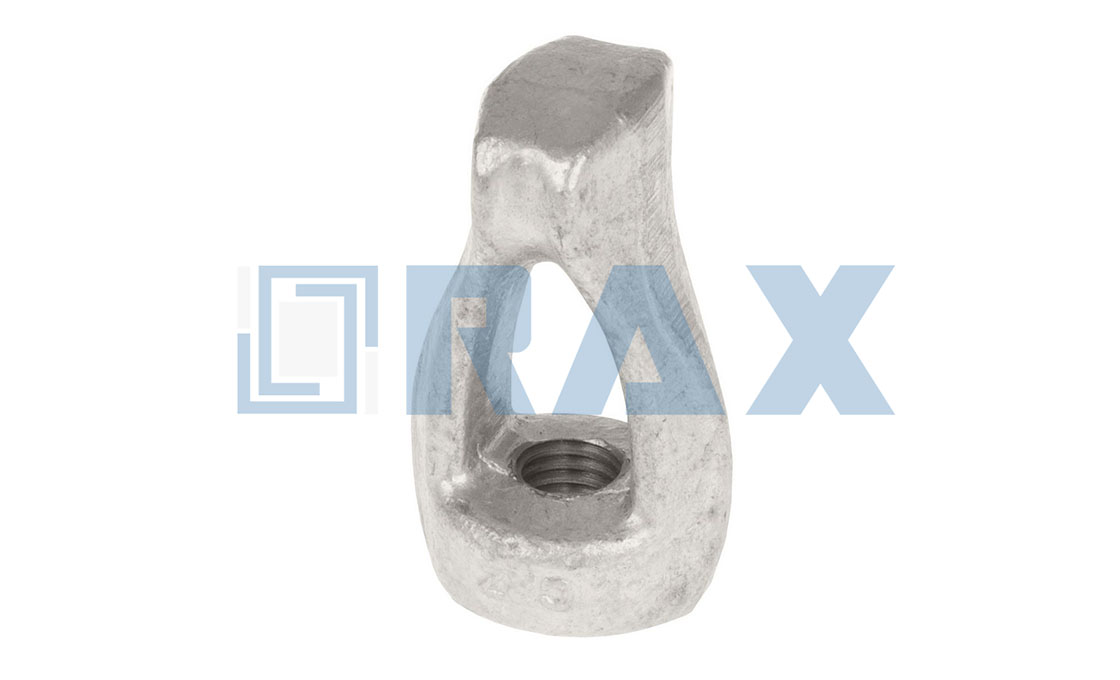
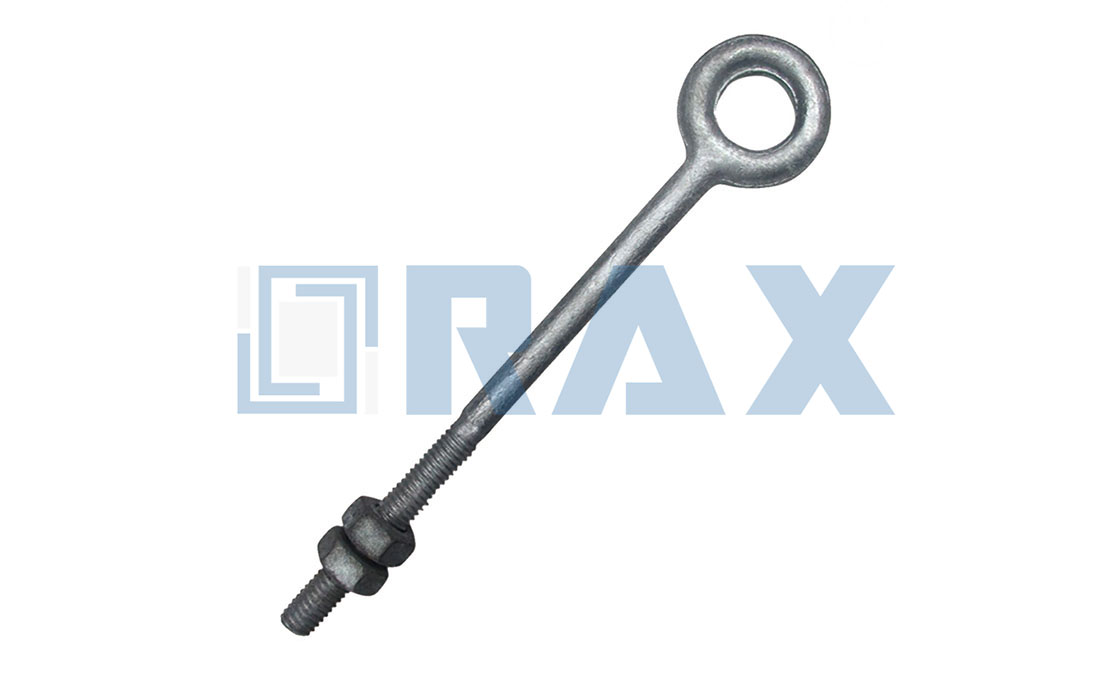
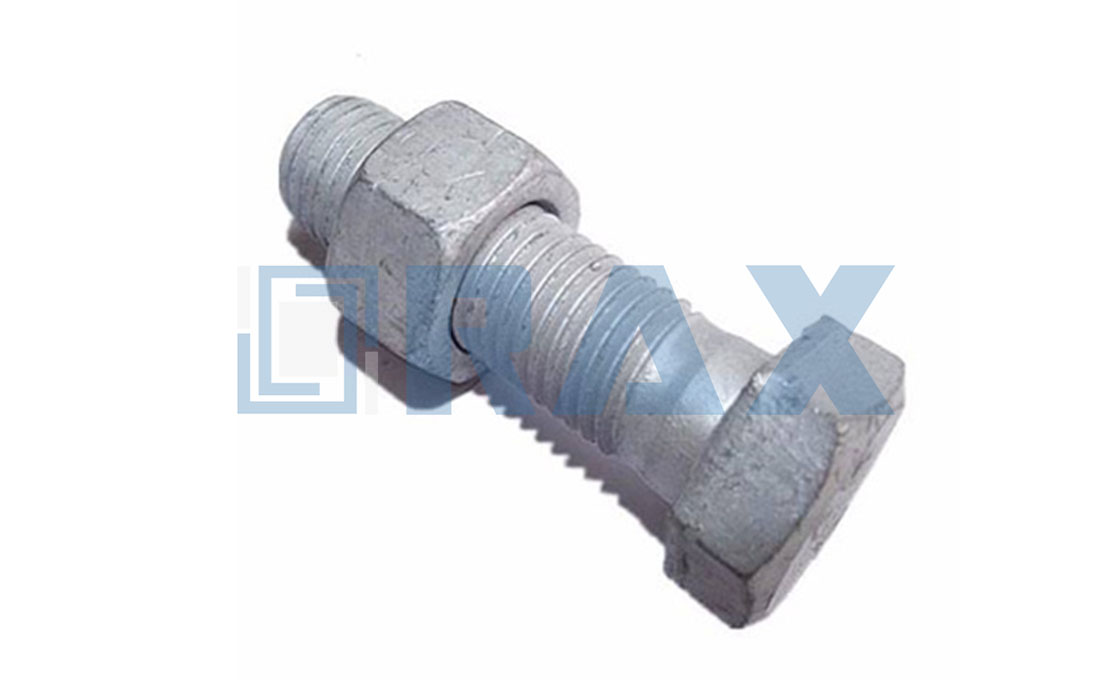
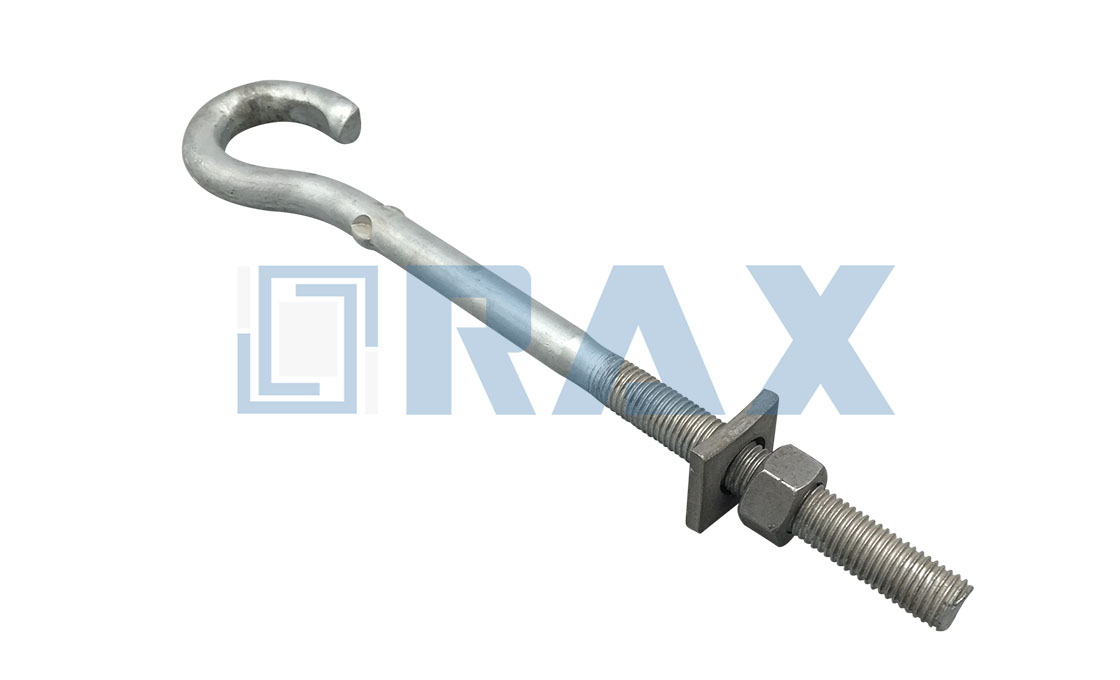
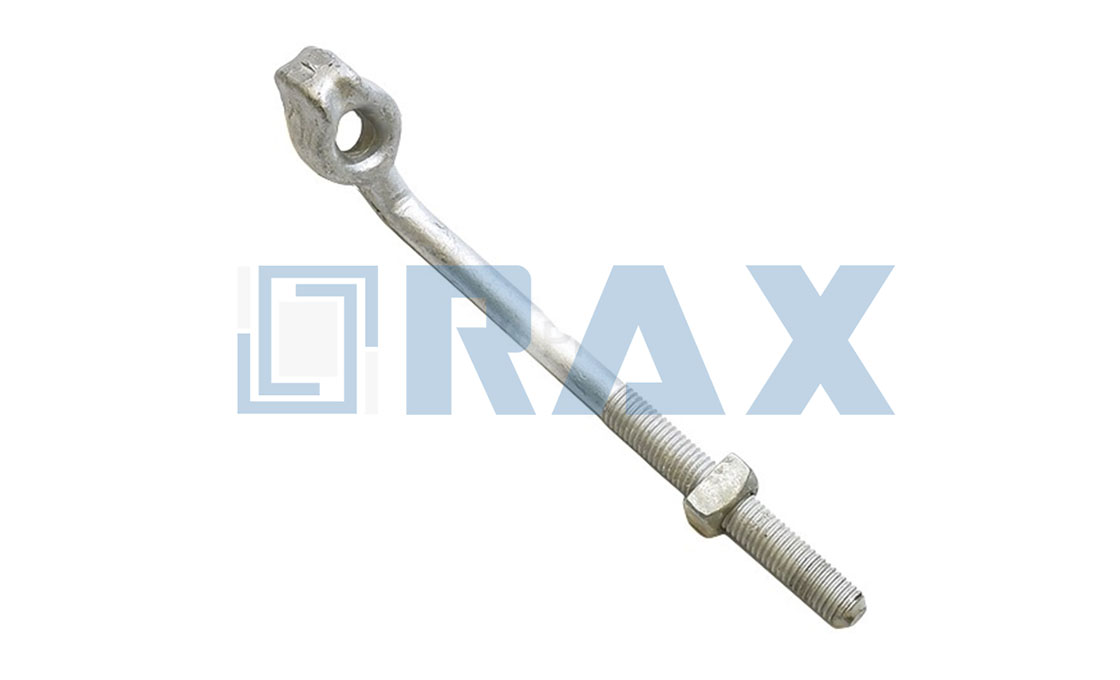
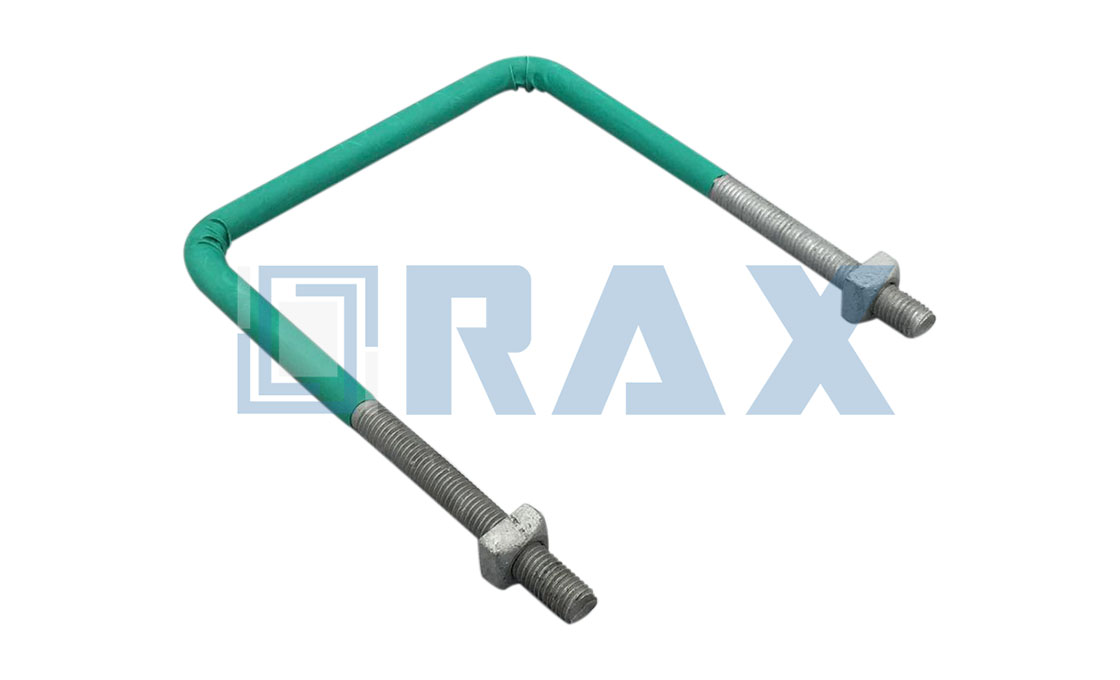
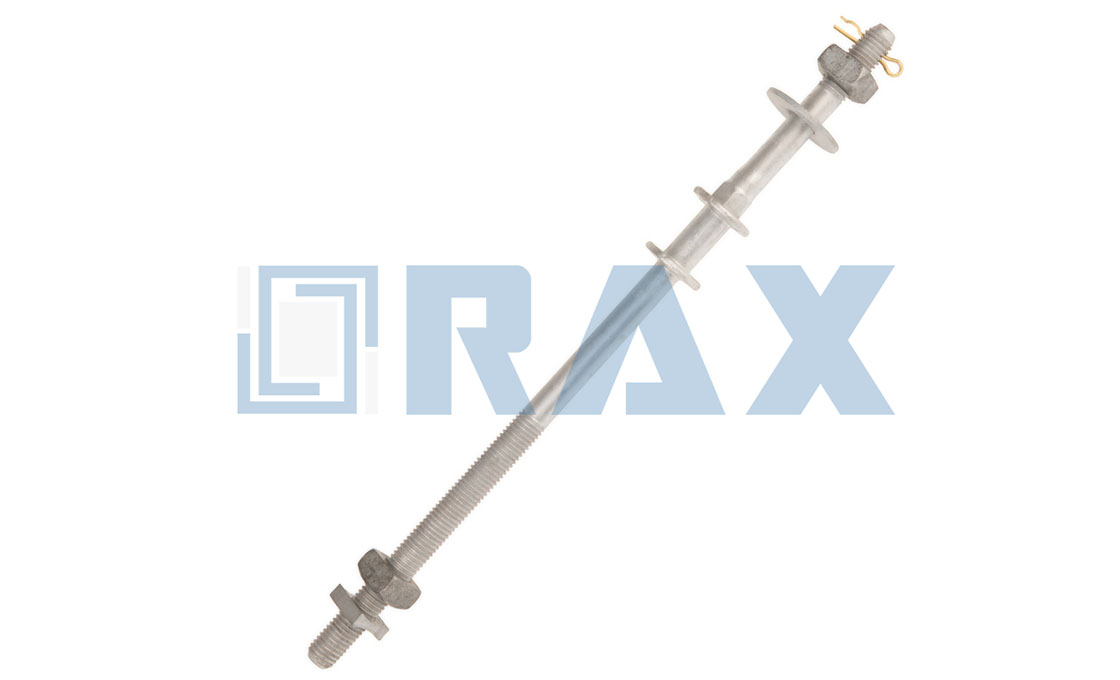
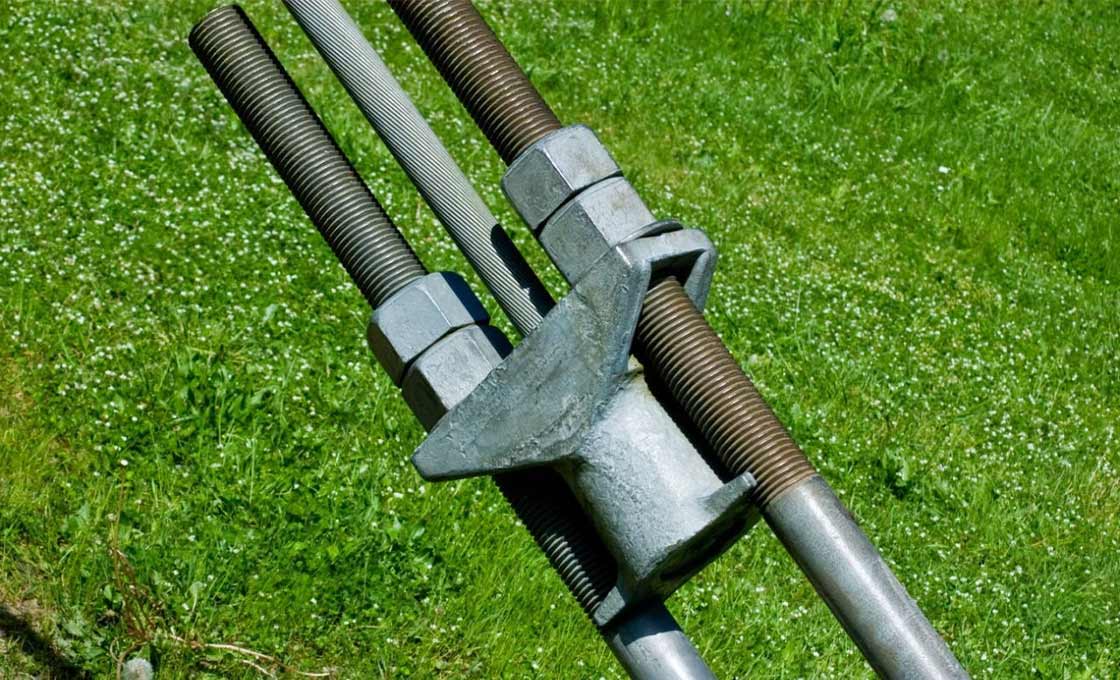 What are the standard specifications of an A Cable Suspension Bolt?
What are the standard specifications of an A Cable Suspension Bolt?